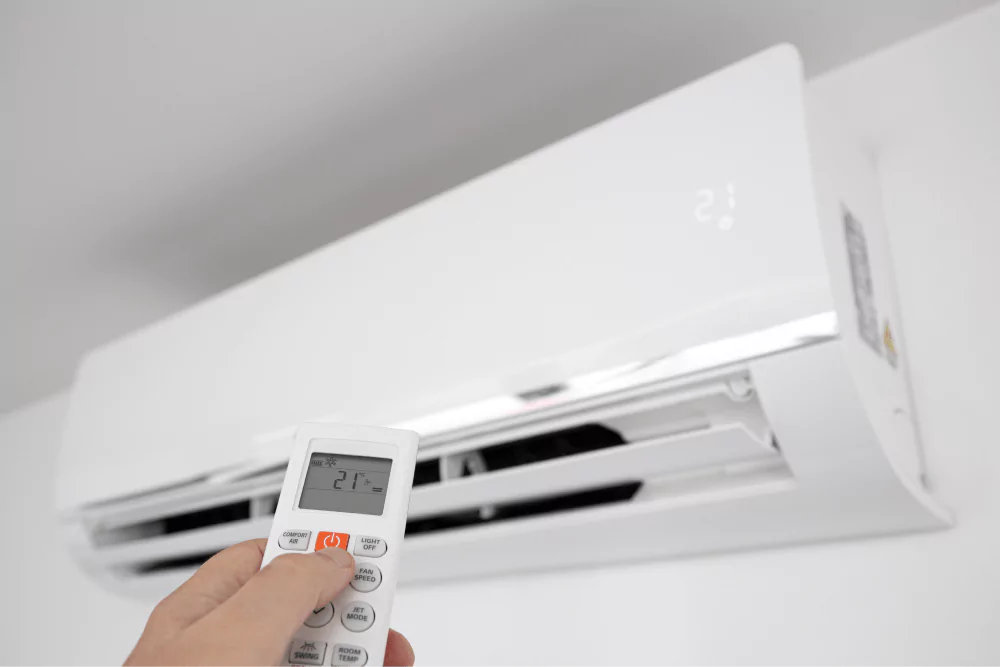
Experiencing warm air blowing from your air conditioner can be frustrating, especially during the hot months in Florida. There are several reasons why your AC might not be performing correctly, and understanding these common issues can help you address the problem more effectively. Here’s a guide to diagnosing why your AC might be blowing warm air and steps you can take to resolve it. If you need assistance, an AC repair technician can help you to identify and resolve the issue.
Check the Thermostat Settings
The first step in troubleshooting is to ensure that the thermostat is set to “cool” mode and the temperature is set lower than the current room temperature. Sometimes, the issue can be as simple as incorrect thermostat settings or a malfunctioning thermostat. If your thermostat is battery-operated, replace the batteries to ensure it’s functioning properly.
Inspect the Air Filter
A clogged or dirty air filter can restrict airflow and cause your AC to blow warm air. Check the air filter and replace it if it appears dirty or clogged. A clean filter ensures proper airflow and helps your system operate efficiently. Regularly replacing or cleaning the air filter is crucial for maintaining your AC’s performance.
Examine the Outdoor Unit
The outdoor condenser unit is essential for heat exchange. Ensure that it is not obstructed by debris such as leaves or dirt, which can affect its ability to release heat. Clean the area around the condenser and remove any blockages. Also, make sure the unit’s coils are clean and free of dirt.
Check Refrigerant Levels
Low refrigerant levels can lead to warm air blowing from your AC. This could be due to a leak in the system. If you suspect a refrigerant issue, it’s best to contact a professional HVAC technician. They can check the refrigerant levels, locate and repair any leaks, and recharge the system as needed.
Inspect the Ductwork
Leaky or damaged ductwork can lead to warm air entering the system or cool air being lost before it reaches your living spaces. Check for visible signs of damage or leaks in the ductwork. Sealing or repairing ductwork issues can help ensure that your AC blows cool air as intended.
Verify the AC Unit’s Power Supply
Ensure that your AC unit is receiving power. Check the circuit breaker for any tripped breakers or blown fuses. If the breaker has tripped, reset it and see if the AC starts working properly. If the issue persists, there may be an electrical problem that requires professional attention.
Look for Refrigerant Line Issues
The refrigerant lines that carry refrigerant between the indoor and outdoor units should be properly insulated. If the insulation is damaged or missing, it can cause the refrigerant to lose heat or coolness before it reaches the indoor coil. Inspect the lines and replace or repair any damaged insulation.
Assess the AC Unit’s Age and Condition
Older AC units may experience performance issues due to wear and tear. If your unit is approaching or exceeding its expected lifespan, it may be time to consider a replacement. Newer models are more energy-efficient and can offer improved cooling performance.
Conclusion
If your AC unit is blowing warm air, it’s essential to diagnose the issue promptly to restore comfort to your home. Start with basic checks like thermostat settings and air filters, and move on to more complex issues such as refrigerant levels and ductwork. For persistent problems or professional assistance, contact a qualified HVAC technician. They can provide expert diagnosis and repair to ensure your system operates efficiently.